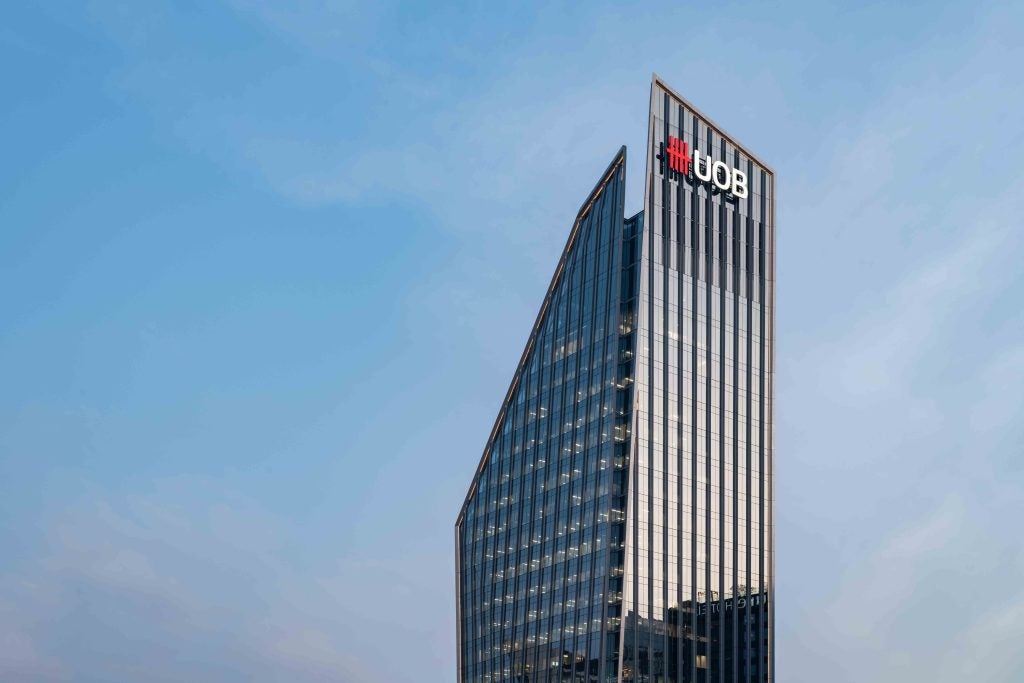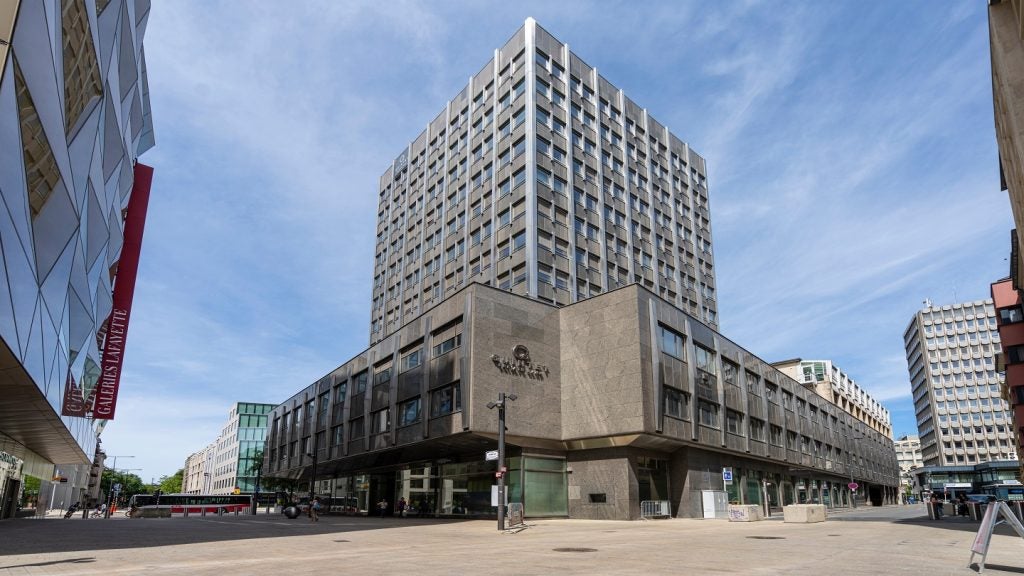
The Julius Baer Global Lifestyle Report points to a growing preference among HNWIs for conscious consumption, that is, the increased awareness of the impact of purchasing decisions on the world around us. Hannah Wright investigates the report’s key findings, and why some are a little contradictory
Despite this, the Global Lifestyle Report 2021 report from Julius Baer states the Covid-19 pandemic has forced us to re-evaluate our day-to-day lives and priorities. Subsequently, our consumption habits have metamorphosised.
In its second edition, the report analyses a portfolio of consumer goods and services that reflect the HNWI lifestyle in 25 key cities around the world. Tracking prices and consumer behaviour, the report gauges price inflation of goods and services relevant to the HNWI lifestyle, enabling investors to estimate the portfolio returns needed to advance their purchasing power.
The report’s theory of changing consumer preferences is also supported by Capgemini’s World Wealth Report 2020, which revealed that more than a quarter of HNWIs said they were interested in sustainable products. That figure rose to 40% among UHNWIs.
Neither a case of wants nor needs
Our fashion habits come with a grave environmental footprint, demanding vast quantities of water for the manufacturing of the 80 billion garments made each year. We drain the river dry, before polluting what’s left – garment production produces toxic chemicals that seep into rivers, lakes, and drains.
Additionally, the industry is often associated with poor working conditions as global garment workers hit the headlines due to unsafe employment, for the receipt of critically low wages. The question, Menke believes, is not so much about what we want or need, but “whether we can afford it from a societal and environmental point of view”. The answer is, almost irrefutably, that we cannot.
That is why, the report states, even in the high-end goods and premium services sector, HNWIs are transitioning towards increasingly conscious choices. In turn, this may result in fairer prices for producers.
Explaining the rise of conscious consumption, Nicolas de Skowronski, head of wealth management solutions at Julius Baer, says “More and more, we are seeing our clients trying to make their assets work for future generations – their own descendants, but potentially also for the world at large, be it through foresighted planning, impact investing, sustainable solutions, or philanthropy.”
Clutching at paper straws
The report argues that increasing numbers of consumers want to see airlines emissions output improve before choosing to fly again, referencing the ambitions of Finnair, which hopes to be carbon neutral by 2045.
The report puts forward an alternative route to reducing carbon emissions in air travel: the “Ethical Choice – Meal Skip” option on Japan Airlines (JAL).
According to the report, if you notify JAL in advance that you will not need a meal, it saves the tray and packaging from being loaded. The report argues that the potential waste and cost savings if we all opted for the environmentally friendly choice and skipped a meal “could be considerable”.
That way, passengers can simply accumulate packaging from their snacks bought in the airport shops, after their clingfilmed sandwiches are discarded at security.
The report is certain however: “Being responsible is no longer a nice-to-have, it is a must, and airlines are using the Covid-19 era to quickly adapt their mindset and strategy. Flying will never be the same again.”
In the fashion industry, the report writes: “Some observers predicted that lockdown, combined with the climate emergency, would persuade many younger, eco-conscious consumers to shop less. As if.”
Indeed, research shows that the fashion industry is still growing rapidly yet failing to do so more responsibly. The volume of apparel being produced is expected to rise by 81% by 2030.
However, a report by the Boston Consulting Group revealed the industry’s progress on carbon reduction and improving living wages for workers was 30% slower in 2019 than the previous year.
Asian acceleration
The strong performance of Asia was driven by several reasons: Asian countries dealt with the pandemic the fastest, and their economies suffered the least. China was the only major economy to grow in 2020.
Asia-Pacific remains the most expensive region, with the three most dear cities revealed to be Shanghai, Tokyo, and Hong Kong. The rapid rise of Asian economies has generated vast amounts of wealth and greater expectations of quality of life. All three of these cities are among the most densely populated in the world when it comes to millionaires and billionaires.
Purchasing power, especially in countries like China which is now the key market for high-end goods and services – rises considerably faster than inflation, reflecting the “aspiration to maintain exclusivity”.
Price changes across the HNWI portfolio of goods and services have largely benefitted individuals in the Asia-Pacific region, where new items tend to be cheaper. In Shanghai, cars, lawyers, and treadmills command substantial price premium over the global average.
Elsewhere, the US and Europe have switched places. The Americas are now the cheapest region, reflecting a “general softening of the US dollar” against currencies like the euro.
With Asia in the lead, this tendency could become increasingly entrenched as European cities, remain the top choice for places to visit and live over cities in the US, while also benefiting from a geographical advantage.
This leaves the report questioning: “In an Asia-dominated world, could North America eventually become more like South America in terms of its global economic heft?”
Looking forward, the report believes that the Asia Pacific region has significant potential for further growth. The region offers good value for the production of consumer goods and services, where high-quality output attracts a global clientele.
China, in particular, will be “the drumbeat to which global wealth increasingly marches” the report predicts. In 2022, the most expensive cities will probably still be in China, and the most important consumers of high-end goods will be the Chinese.
At odds
Responsible production is a prerequisite for conscious consumption. When 20% of all cotton garments are the result of Uyghur forced labour, China’s role as a global leader in wealth is severely at odds with the rise of environmental awareness and social progressivity.
Beyond merely just a problem for cheap, fast fashion, Chloe Cranston, business, and human rights manager at Anti-Slavery International argues that “there is a high likelihood that every luxury brand runs the risk of being linked to what is happening to the Uyghur people”.
While the report does not delve into the specific consumer preferences of HNWIs in Asia-Pacific and China specifically, a survey by Agility Research and Strategy on 3,000 affluent Asian individuals revealed that 81% of the Chinese millionaires’ demand brands that “conduct themselves in an ethically responsible manner” with the factors, fair trade, and ethical sourcing, gaining traction.
Quite frankly, the detaining of Uyghur Muslims in the Xinjian region of China means that several of the state’s luxury industries champion exploitation and repression at the very least. The last time I checked, human rights violations didn’t bode too well among the readers of Ethical Consumer.







